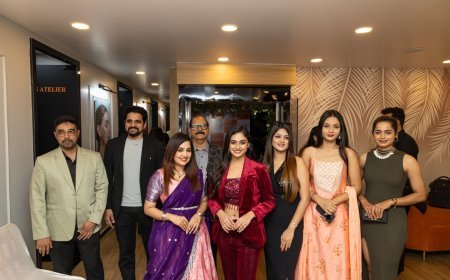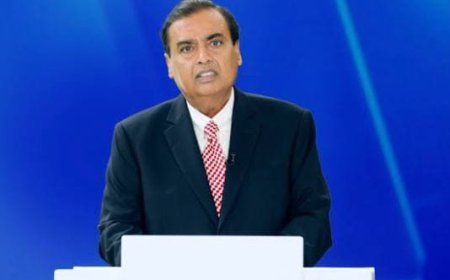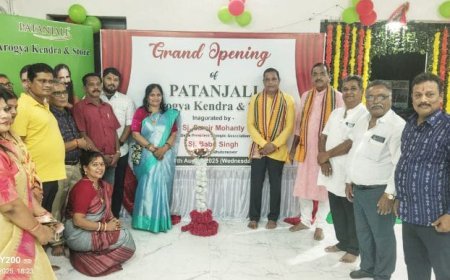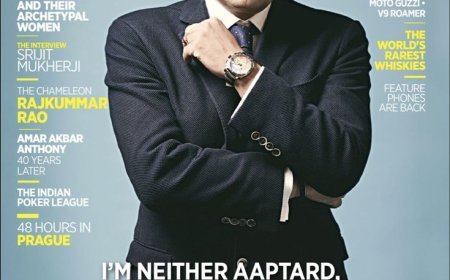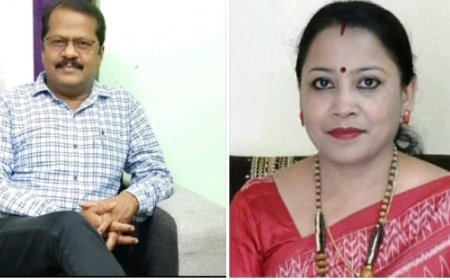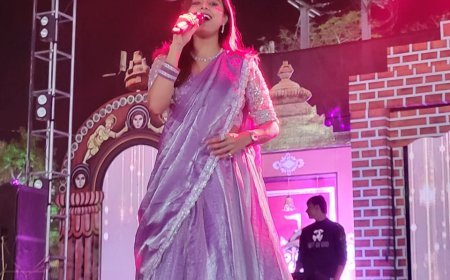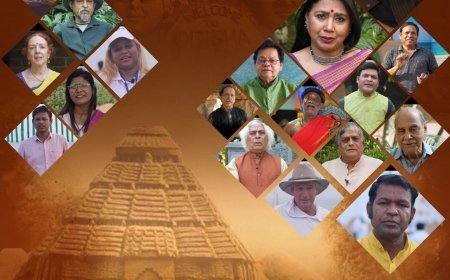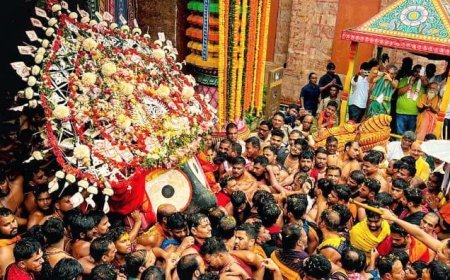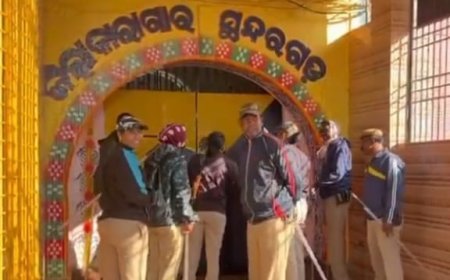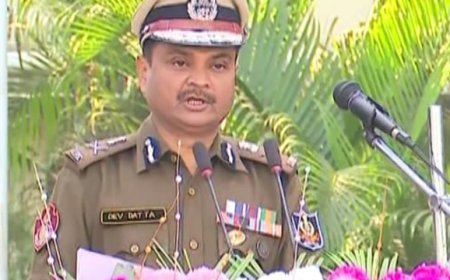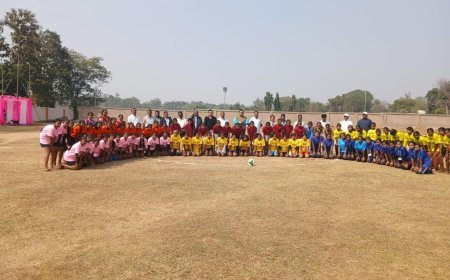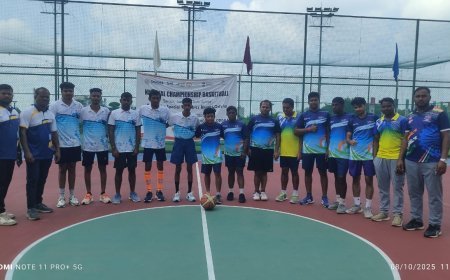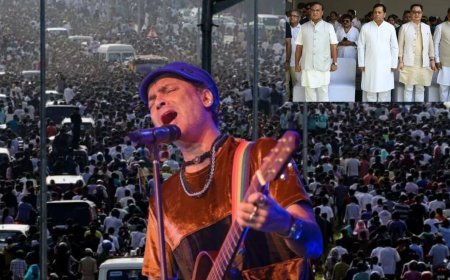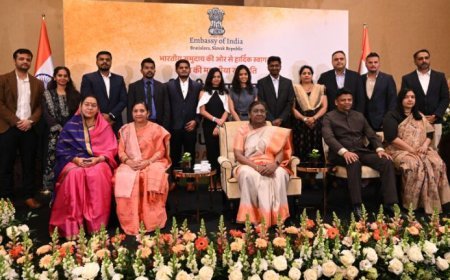True Colours of Poverty: From Survival to Status

When we talk about poverty in India, we often confine our understanding to those who lack food, shelter, and basic necessities. However, the landscape of poverty has evolved with time and economic growth. To frame it meaningfully, we must first differentiate absolute poverty from relative poverty.
Absolute vs. Relative Poverty
Absolute Poverty is stark and life-threatening. It’s the inability to afford essentials like food, clean water, healthcare, clothing, and shelter. This kind of poverty has visibly declined in India, thanks to government interventions, economic reforms, and growing infrastructure.
In contrast, Relative Poverty is more subtle, more psychological—it emerges from comparison. It is a condition where one’s income is significantly lower than the societal average, making it difficult to maintain a lifestyle perceived as “normal” by the standards of the time and place.
In simple terms:
- Absolute poverty is about survival.
- Relative poverty is about inequality.
Sundargarh Then and Now
Take the example of a small town like Sundargarh. In the 1980s, two-wheelers were rare, and owning a scooter was considered a symbol of affluence. Fast forward to today, and the number of four-wheelers is almost uncountable. Material progress is evident, and absolute poverty has reduced drastically. But a deeper look reveals the rise of relative poverty—a feeling of “not having enough” despite having more than ever before.
Keeping Up with the Joneses
This phenomenon is captured by the phrase “Keeping up with the Joneses.” It refers to the pressure to match or surpass the lifestyle and possessions of one’s peers. In urban India, a person earning ₹15,000 per month is officially not poor. But what about someone earning ₹50,000 per month in Sundargarh? Objectively, they are financially stable. Yet, their perceived status changes depending on where they live. In a labour colony, they feel rich. Among the elite, they feel inadequate.
This perception of poverty is shaped not by necessity, but by comparison.
A Shift in Values
In the 70s and 80s, families often lived in joint households with a single breadwinner. Despite limited income, life was marked by contentment. Children went to government schools; there were no monthly bills for mobile phones, internet, cable TV, or EMIs for luxury goods. Life was simpler, needs were fewer, and desires were grounded.
Today, the picture is vastly different. Nuclear families, competitive lifestyles, and exposure to social media create a continuous pressure to earn more and spend more. The desire to project success outweighs the need to live simply. As a result, even those with decent incomes often feel poor— not because they lack money, but because they lack peace of mind.
The Digital Trap
Consider how digital consumption has fueled relative poverty. When Jio offered free internet, mobile phone usage skyrocketed. Today, the same average family spends ₹2,000 per month just on mobile recharges. While the phone connects us to the world, it also disconnects us from financial prudence. The race to buy the latest phone, fastest data plan, or trendiest gadget is endless—and expensive.
Conclusion: Redefining Poverty
True poverty today is no longer just about hunger or homelessness—it’s also about emotional, psychological, and aspirational deprivation. While absolute poverty is steadily being addressed, relative poverty is becoming the new silent epidemic in Indian society.
To combat this, we need more than economic policies. We need a cultural shift—towards minimalism, financial literacy, and value-based living. The need of the hour is not just to earn more, but to desire less and live with contentment.
Only then can we paint the true colours of poverty, and begin to restore dignity not only to the poor but to the burdened middle class as well.
Sanjay Pattnayak
Sundargarh



